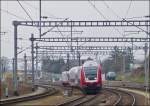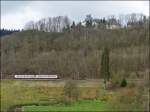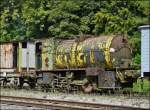Luxembourg

1710 1024x739 Px, 26.04.2013

1858 1024x765 Px, 26.04.2013

1654 1024x775 Px, 26.04.2013

De Rond Hans und Jeanny
1627 1024x726 Px, 26.04.2013

1761 1024x740 Px, 26.04.2013

De Rond Hans und Jeanny

610 1024x781 Px, 25.04.2013

De Rond Hans und Jeanny
910 1024x746 Px, 25.04.2013

De Rond Hans und Jeanny

De Rond Hans und Jeanny
631 1024x766 Px, 25.04.2013

700 1024x822 Px, 21.04.2013

682 1024x811 Px, 21.04.2013

De Rond Hans und Jeanny
575 1024x684 Px, 21.04.2013

De Rond Hans und Jeanny

De Rond Hans und Jeanny
644 1024x755 Px, 21.04.2013

De Rond Hans und Jeanny
889 1024x755 Px, 16.04.2013

637 1024x708 Px, 16.04.2013

De Rond Hans und Jeanny
536 1024x720 Px, 16.04.2013

De Rond Hans und Jeanny
518 645x800 Px, 16.04.2013

De Rond Hans und Jeanny
645 1024x755 Px, 16.04.2013

717 1024x723 Px, 15.04.2013

De Rond Hans und Jeanny













